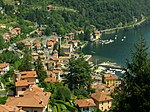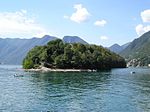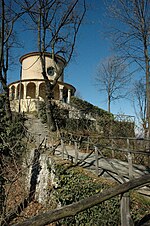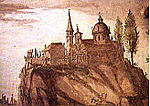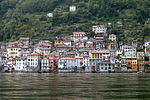Colonno
Cities and towns in LombardyMunicipalities of the Province of ComoPages with Lombard IPAProvince of Como geography stubs

Colonno (Lombard: Colònn [kuˈlɔn]) is a comune (municipality) in the Province of Como in the Italian region Lombardy, located about 50 kilometres (31 mi) north of Milan and about 15 kilometres (9 mi) northeast of Como. As of 31 December 2004, it had a population of 557 and an area of 5.7 km2. Colonno borders the following municipalities: Argegno, Laino, Lezzeno, Ossuccio, Pigra, Ponna, Sala Comacina.
Excerpt from the Wikipedia article Colonno (License: CC BY-SA 3.0, Authors, Images).Colonno
Heideäcker, Hanau
Geographical coordinates (GPS) Address Nearby Places Show on map
Geographical coordinates (GPS)
| Latitude | Longitude |
|---|---|
| N 45.95 ° | E 9.15 ° |
Address
Heideäcker 1
63457 Hanau
Hessen, Deutschland
Open on Google Maps
